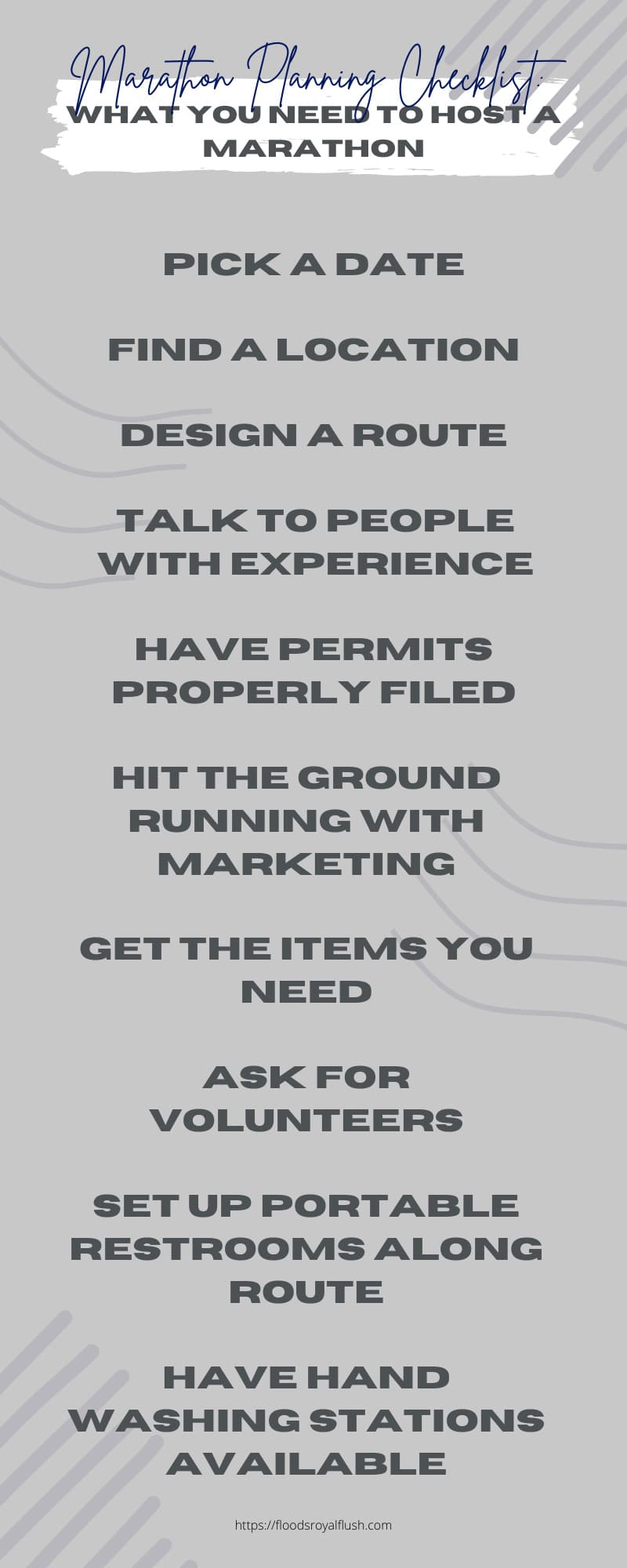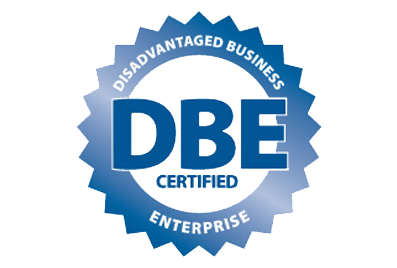Planning and organizing a marathon can come with many moving parts. Having the ability to slow down and look at the big picture to see where everything fits is crucial to making sure your event goes off without a hitch, and both the runners and spectators have an exciting time. Continue reading this marathon planning checklist: what you need to host a marathon.
Why You Are Hosting the Event
While you can host a marathon for any reason you’d like, having a particular cause or goal in mind to support with the event is a big boost to the community. It can also help attract sponsors, runners, and spectators to participate. The reasons can vary from raising money for charity, awareness for a worthy cause, or even revolving around a fun theme like a zombie run or hot chocolate walk. The better your idea, the easier you can market the event.
Pick a Date
You’ll want to make sure your race doesn’t interfere with other prominent community events at the same time. Check local calendars to find all the available days you can set up and pay particular attention to national holidays, national events, and school calendars. Once you’ve nailed down a date that doesn’t have any major conflicts with other events, you can get to work.
Find a Location
Finding the ideal location that can act as a course for the runners and securely house all the spectators and booths nearby is tricky. Your town may already have a popular location that hosts many local marathons that is easy to set up in. If not, look for places where you can easily set up portable bathrooms, runner’s stations, public transportation nearby, lots of available parking, and easy access to set up and take down equipment.
Design a Route
When figuring out the route, you’ll want a course that offers runners a one-of-a-kind experience. Depending on the population you wish to target, this may entail a pleasant and smooth downhill route or, on the other end, a difficult uphill track. Because most runners prefer a flat or mild downhill route, avoiding hills can attract more participants.
Talk to People With Experience
The best way to learn everything you need to know is to go straight to the source by talking with people who’ve organized marathons in the past. They will answer any questions you may have during the process and point you in the directions you need to go. You’ll especially want to find other local organizers who can help you navigate the legal side of things, as your area may have obscure laws and permits you need to follow and obtain.
Have Permits Properly Filed
Much legalese is involved in the setup before race day to ensure you have permission to host your event and check-in with police and other city officials to block off traffic, set up security, and more. From start to completion, the permitting procedure might take up to six months, so the earlier you start, the better you can handle any hiccups that may arise. The race’s distance will determine the length of your permitting process, complexity, predicted participant numbers, and other elements that influence putting on a local marathon.
Hit the Ground Running With Marketing
Many marathon organizers run into issues with raising awareness for their particular event because they feel that people will naturally want to attend on their own. However, with seemingly endless numbers of marathons popping up each day, competition has never been stiffer. Make sure you do everything you can to get the word out, from social media blasts to putting up banners and posters along the potential course to listing your event on every online race calendar you can find.
Get the Items You Need
You’ll want to focus on setting up water stations every so often along the route so runners can keep hydrated. You also want to have numbers made up for every runner, trash cans, unique T-shirts, and even a goody bag for everyone taking part in the race, like runners and volunteers.
Ask for Volunteers
It takes a lot of people to make things run smoothly on race day. Look for people in the community who are willing to help set up at water stations, check runners in, and more. You can also have sponsors set up booths nearby and have local restaurants set up shops to turn your race into a full-fledged event where everyone can have fun. The more people involved with your marathon, the more likely it is that everyone will have an enjoyable time and feel a sense of local pride to boot.
Set Up Portable Restrooms Along Route
You’ll need plenty of porta potties dotting along the path and setting them up in the areas where the race starts and ends. Make sure you have separate portable restrooms for the runners to quickly change in and out of their race gear and use the facilities rapidly before and after the race begins. Consider going with more luxurious portable restroom trailers for these runners at the entrance and finish line so that they have access to A/C, running water, flushable toilets, and more. You’ll also want to have plenty available for the spectators, so you can avoid long lines and make sure everyone is taken care of at your event.
Have Hand Washing Stations Available
In addition to getting enough porta-potties for everyone watching and participating in the race, you should have hand sanitizing stations available. That way, you can help stop the spread of germs as people start to sweat and run close to each other. The health and well-being of everyone involved should be a top priority for you.
When you’re looking to organize a race, we hope you can use this planning checklist of what you need to host a marathon. Floods Royal Flush can provide all the portable restrooms and portable hand sanitizing stations you need to rent to have your event go off without a hitch. Floods Royal Flush delivers the cleanest and most reliable portable toilet and porta potty rentals in the Chicago, Illinois region. Feel free to contact us today for a free quote.



